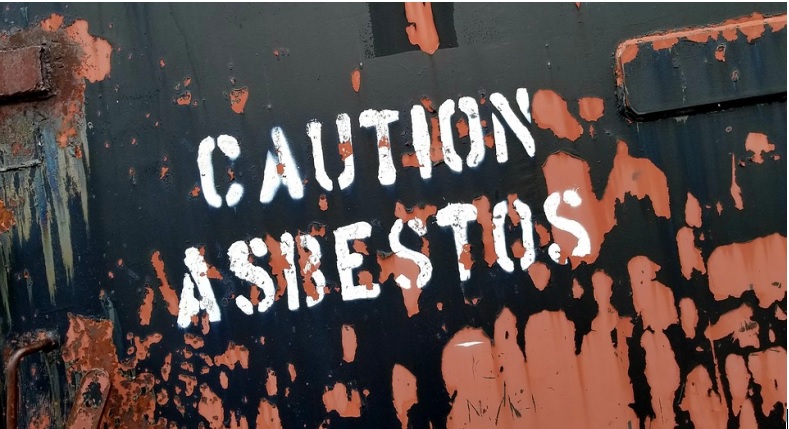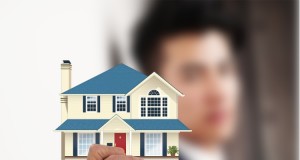A house or an apartment is often the largest single investment that most people make in their lifetime. Now that you are finally there, the next step is to ensure that the real estate you just bought is safe enough for you and your family to live in without having to worry about any unseen dangers.

Unseen Dangers: What are They?
An invisible or unseen danger is one that doesn’t make itself apparent to the residents, or even the buyer while buying it. Some of these are common in every home, while others are only found in rare instances, but given the invisible nature of these health hazards, you will not know for sure unless you do your research, consult the experts, and take all necessary steps to nullify the hazards post-discovery. From the risk of lead exposure to the dangers of drinking and using contaminated water, the risks are plentiful, and we are going to take a brief look at some of the most prominent dangers, as well as possible applicable solutions.
Asbestos
Asbestos has killed hundreds of thousands of people over the years, and contrary to popular belief, it is not an illegal substance in the United States even today. Although you are unlikely to find asbestos inside the walls of a modern home that was built after the 1970s, the toxic material is still used in cement pipes and vinyl tiles today.
In order to protect yourself as well as anyone else in your family from asbestosis or mesothelioma (a form of lung cancer caused typically by asbestos exposure), the following steps are a must.
- An official inspection must be done by professionals to check for asbestos presence
- If asbestos is present, removal should be a priority
- When it’s too expensive to have it all removed, and you can’t change homes, carefully learn about living with asbestos safely
Impure Water
In accordance with the CDC, as many as 32 million people have contracted waterborne diseases in a single year, and all of those cases were related to drinking tap water. Although they do not specify which year it was, CDC does mention that the lowest number of people infected by some form of waterborne bacteria, parasite, or virus in a single year was four million.
Suffice to say, if you have bought real estate for residential purposes, you need water filtration systems in there to keep yourself and your family from becoming a few of the millions that get infected by tap water in the country every year. A GE filter comes highly recommended to use as a refrigerator filter, but there is a much wider range of options in every filter category. Always select your filters based on the kind of water you have flowing through the property’s taps, and the specific needs of the residents in mind.
Nobody can tell if the water has bacterial or parasitic growth in it, or the lead paint from the 70s was never even removed from the old house to begin with. Mandatory inspections for lead paint, pipes and asbestos, multiple high-quality water filters, and even a search for possible pest infestations are, therefore, all essential in ensuring that a residential real estate is indeed safe for its residents.









